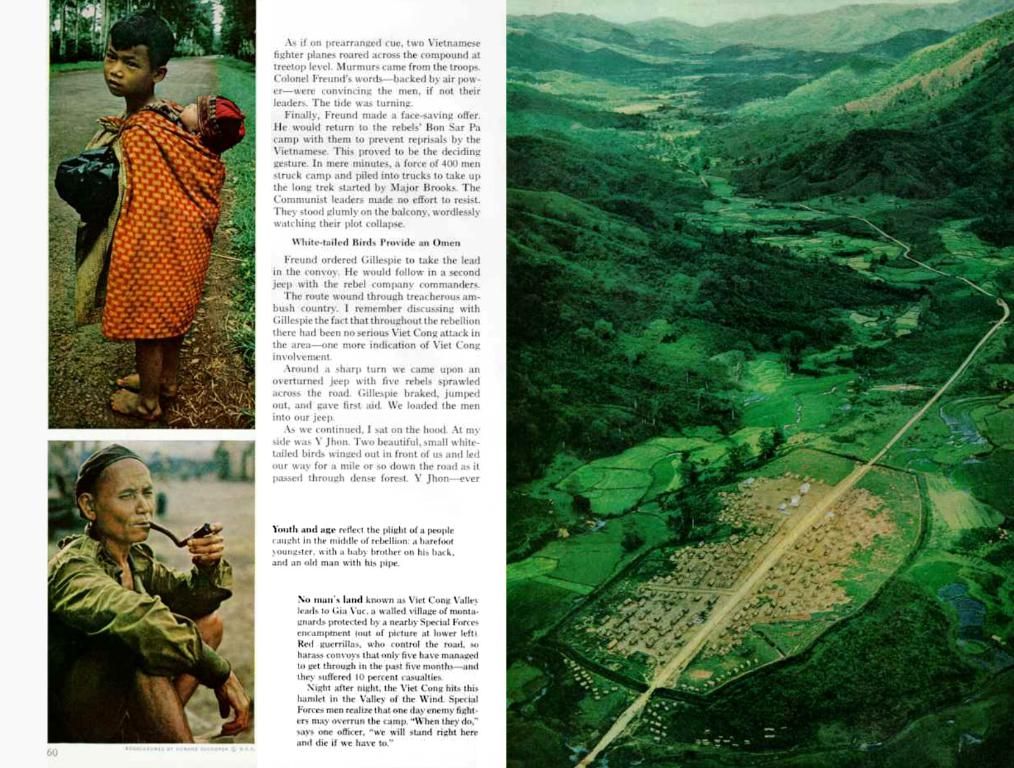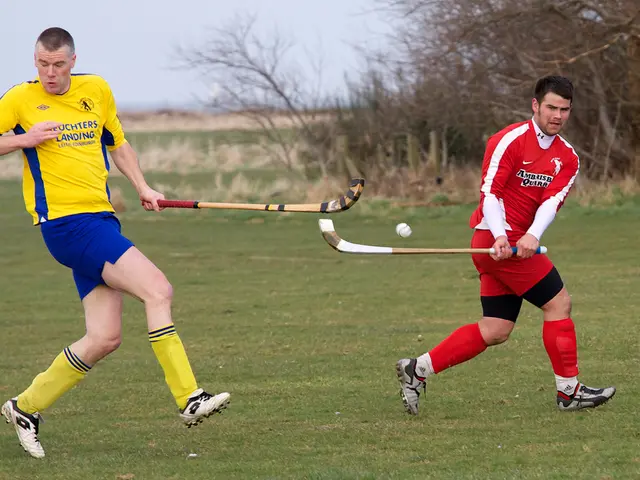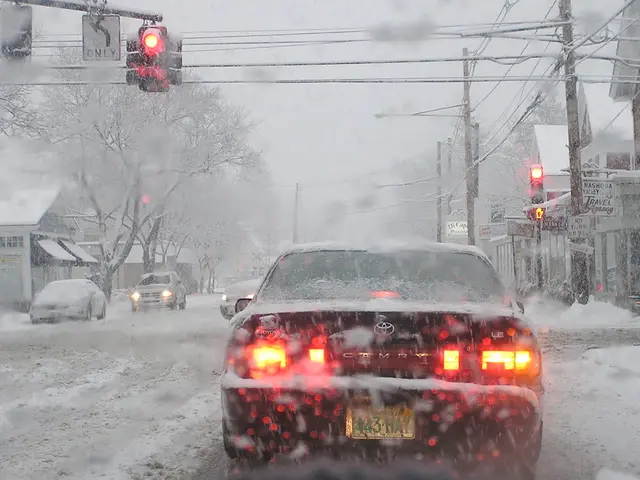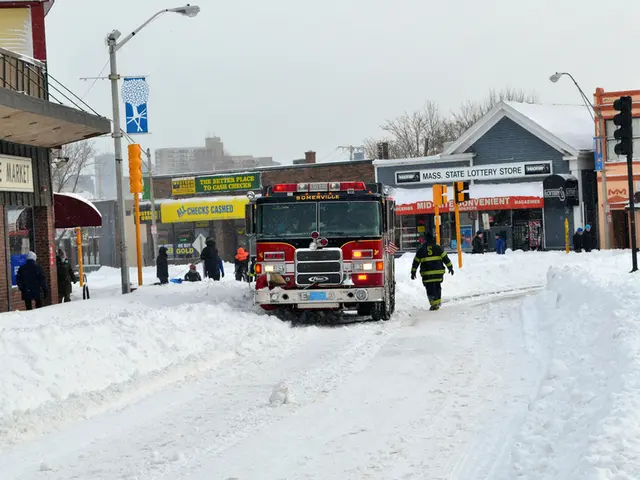Lack of Funding Leaves Karachi With Inadequate Infrastructure: assertion by PDP Chairman
VIBRANT KARACHI STRUGGLES WITH BASIC URBAN LIVING
In the heart of Pakistan, lies Karachi, a bustling metropolis and economic powerhouse. Despite its vibrant energy, the city is grappling with numerous challenges that hinder its transformation into a modern, 21st-century city. This predicament stems from a complex tapestry of historical, social, economic, and political factors.
At its core, Karachi faces overwhelming infrastructure stress. Its roads, water supply, sewerage systems, and electricity networks strain to accommodate the city's rapid population growth. Consequently, residents often endure frequent outages, water shortages, and clogged traffic arteries.
Moreover, many areas, particularly informal settlements, lack basic necessities like clean water, sanitation, and electricity. Residents of these communities often turn to alternative means for survival, muddling their already challenging situations.
In addition, a lingering shadow of urban violence and security issues casts its ominous presence over Karachi. Ethnic tensions and organized crime have long marred the city, affecting governance and investment prospects. Moreover, the poor waste management and urban sprawl contribute to pollution and environmental hazards.
A dive into Karachi's historical roots reveals a legacy of colonial influence. The city flourished under British rule, with the construction of railways, ports, and telegraphs. However, these infrastructures were never designed with the city's current scale in mind. Another significant factor contributing to Karachi's modern-day woes is the post-independence migration, when a massive influx of migrants, known as the muhājirs, accelerated the city's population growth and strained its resources.
Further complicating matters are various social and economic factors. Karachi is home to diverse ethnic groups, each with unique cultural dynamics, occasionally culminating in fierce competition for resources and political representation. Additionally, many residents work in the informal sector, with limited access to benefits or protections. In contrast, foreign investment in key sectors like energy, IT, and banking has failed to spread the benefits evenly, exacerbating existing economic disparities.
Political instability and weak municipal governance have undermined effective development planning and service delivery. The city's history of ethnic violence and political unrest has likewise hindered long-term planning and infrastructure investment. Corruption and a lack of accountability also play decisive roles in neglecting the city's civic responsibilities.
Despite these challenges, Karachi remains a critical economic force for Pakistan, teeming with vitality and potential. However, to realize this potential, the city must address its foundational elements of modern urban living, including well-planned infrastructure, efficient public services, sustainable development, and effective governance. These improvements will contribute significantly to improving the quality of life of Karachi's residents.
Reference:- [1] Farooq, M. (2022). Trajectories of Urbanization in Karachi, Pakistan: Social, Spatial, and Electoral Dynamics. Springer.- [2] International Organization for Migration. (2021). Urban Migration in Pakistan: Challenges and Opportunities. Retrieved August 24, 2022, from https://www.iom.int/latest/urban-migration-pakistan-challenges-and-opportunities- [3] Khan, A. (2019). Easing the Burden: Policies and Strategies for Addressing Poverty and Inequality in Karachi, Pakistan. Oxford University Press.- [4] World Bank. (2019). Karachi Urban Flood Resilience Study. Retrieved August 24, 2022, from https://openknowledge.worldbank.org/handle/10986/33056
Investors may find promising growth opportunities in the development of Karachi's infrastructure, such as improving roads, water supply, sewerage systems, and electricity networks, which could generate significant interest given the city's rapid population growth. In addition, addressing sports facilities in informal settlements could offer residents alternative means for recreation and community building, improving their overall quality of life.






